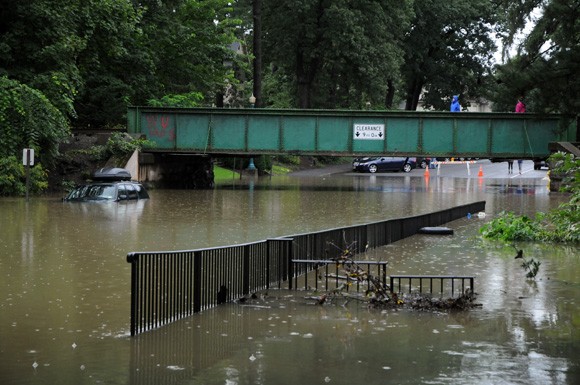Floodplain Issue
Flood insurance provided by the Federal Emergency Management Agency (FEMA) is required by mortgage holding banks of most homeowners whose property lies within the federally designated flood plain. After being relatively expensive for many years, about 10 years ago rates were increased dramatically, from a few hundred dollars to two or three thousand dollars per year—the cost of the insurance is related to the amount of one’s outstanding mortgage loan. The increase occurred because FEMA has been subsidizing the cost of insurance charges and the size of the subsidy has been reduced. Insurance still is subsidized, however, and there is a possibility that the subsidy will be entirely taken away in coming years. This will cause a further dramatic increase in insurance charges.
These insurance charges are frustrating for residents of the Susquehanna Valley because expenses local homeowners would actually face were flooding to occur in their homes are mostly not covered by the insurance. The insurance is meant to cover the costs of homes being completely destroyed. In historic river towns most of the homes have been through floods and the buildings are not likely to be completely destroyed. Only some contents, like perhaps the furnace, are covered by FEMA flood insurance, while the rest of the costs related to flood damage are not covered. This coverage practice comes because most of the properties at risk of flooding that FEWA covers are in coastal areas where entire buildings are at risk of being destroyed. What this means is that residents of historic river towns must contribute to the insurance costs related to coastal flooding while gaining little benefit themselves.
While increased insurance charges are a major concern for homeowners who are affected, a small number people actually are affected. In Lewisburg only about 20% of homes are in the flood plain and so the other 80% of residents may not be concerned about this issue. However, increased insurance rates does affect the whole town because once a home is required to be insured, the value of the home is likely to plummet. This, in turn, affects whether homeowners can secure home equity loans to repair and upgrade their homes. We may also see homeowners simply walking away from their properties rather than pay the increased cost of insurance while facing an insurance loss if the home is to be sold. If 20% of the homes in a community are allowed to decay it affects all of the homes in the community, so there is concern that a cascade effect of town decay may happen.
In the Central Susquehanna Valley low lying towns and towns without flood walls are affected by this problem while other towns are not. Sunbury and Williamsport with their flood walls or Berwick situated on a bluff are towns not affected. Lewisburg, Muncy, Milton, and Bloomsburg are affected. Flood insurance, thus, is one of those issues that affects a minority of citizens and our region is a relatively small area in the context of the United States. It is difficult to mobilize public concern for this issue because elected officials are unlikely to have many constituents pressuring them to introduce legislation to remedy the problem. In this sense, the flood insurance crisis is a typical small town problem where there are too few people affected to motivate political solutions and where also it is hard to find data that tells us what is going on.
For in depth information, consult websites of the Lewisburg Neighborhoods Corporation (
http://lewisburgneighborhoods.org/gallery/flood-impact/), the Borough of Lewisburg (
http://www.lewisburgborough.org/flood_info.htm), the Lycoming County Planning Department (
http://www.lyco.org/Departments/Planning-and-Community-Development/Hazard-Mitigation)
A good starting point for homeowners is to look at a flood plain map and to figure out whether your home is in the flood plain, adjacent to it, or out of the flood plain. Homes close to the border of a flood plain may be required to be protected with flood insurance. There are some possibilities for doing work on one’s property that may move it out of the flood zone. Thus people owning homes on flood plane boundaries may want to investigate options more deeply and may consider securing a flood elevation study of the home.
The map we include on this web site shows the flood plain map for Lewisburg. More detailed maps are available on the Lewisburg Neighborhood Corporation web site. The Lycoming County Planning web site also provides detailed flood plain maps.
